Creating an Effective Facebook Ads Strategy in 2024

As we step into 2024, Facebook remains one of the most powerful platforms for digital advertising. With over 2.8 billion monthly active users, it offers unparalleled reach and targeting capabilities. To ensure your Facebook ads strategy is effective and generate a high return on investment (ROI), it’s essential to stay updated with the latest strategies and best practices. However, the landscape of Facebook advertising is constantly evolving. This guide provides a comprehensive step-by-step approach to creating an effective Facebook ads strategy in 2024.
Contents:
Understanding the Basics of Facebook Ads
What Are Facebook Ads?
Facebook ads are paid messages from businesses that are shown to users based on their profile information, interests, and online behaviors. These ads can appear in users’ News Feeds, Stories, Messenger, and other placements within the Facebook ecosystem, including Instagram and the Audience Network.
Why Invest in Facebook Advertising?
Facebook advertising offers several benefits:
- Targeted Reach: You can precisely target your ads based on demographics, interests, behaviors, and more.
- Scalability: Whether you’re a small business or a large corporation, Facebook ads can scale to fit your budget and goals.
- Variety of Ad Formats: Facebook supports various ad formats, including photo, video, carousel, slideshow, and collection ads, allowing you to choose the best format for your message.
- Detailed Analytics: Facebook provides robust analytics tools to track ad performance and optimize campaigns in real-time.
Setting Up Your Facebook Ads Strategy
Step 1: Define Your Goals
Before you create any ads, it’s crucial to define what you want to achieve. Common goals for Facebook advertising include:
- Brand Awareness: Increasing the visibility of your brand.
- Lead Generation: Collecting contact information from potential customers.
- Traffic: Driving users to your website or landing page.
- Engagement: Encouraging interactions such as likes, comments, and shares.
- Conversions: Encouraging users to take a specific action, such as making a purchase.
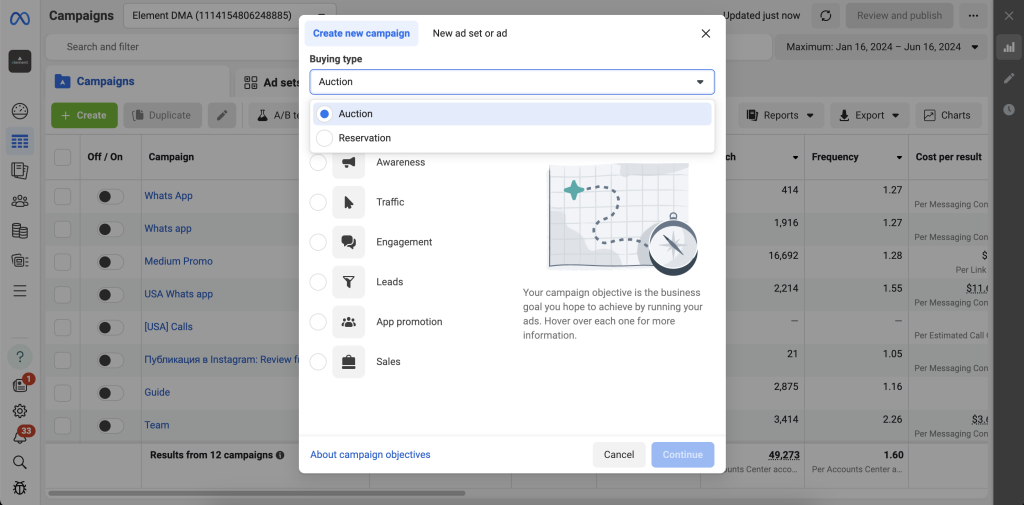
Step 2: Know Your Audience
Understanding your target audience is key to creating effective Facebook ads. Use Facebook’s Audience Insights tool to gather data on your potential customers, including:
- Demographics: Age, gender, location, and language.
- Interests: Hobbies, favorite brands, and activities.
- Behaviors: Purchasing behavior, device usage, and online activity.
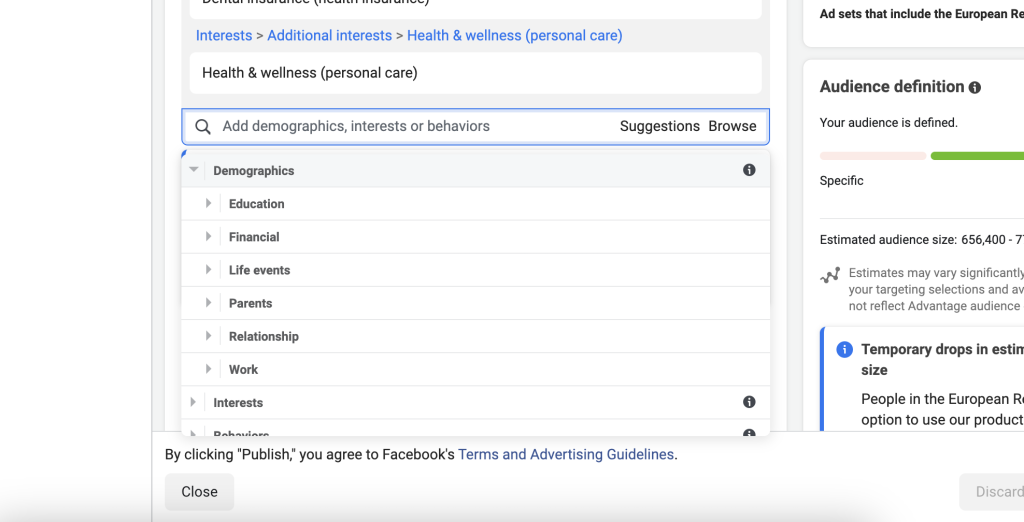
Step 3: Create Compelling Ad Content
Your ad content needs to capture attention and drive action. Here are some tips for creating effective ad content:
- Use High-Quality Visuals: Whether it’s images or videos, make sure your visuals are high-quality and relevant to your message.
- Write Clear and Concise Copy: Your ad copy should be easy to read and get straight to the point. Use a strong call-to-action (CTA) to tell users what you want them to do.
- Incorporate a Value Proposition: Highlight what makes your product or service unique and why users should care.
Step 4: Choose the Right Ad Format
Facebook offers a variety of ad formats. Choose the one that best suits your campaign goals:
- Photo Ads: Simple and straightforward, best for single messages.
- Video Ads: Great for storytelling and demonstrating products.
- Carousel Ads: Showcase multiple images or videos in a single ad.
- Slideshow Ads: Create video-like ads from a series of still images.
- Collection Ads: Allow users to browse products directly from the ad.
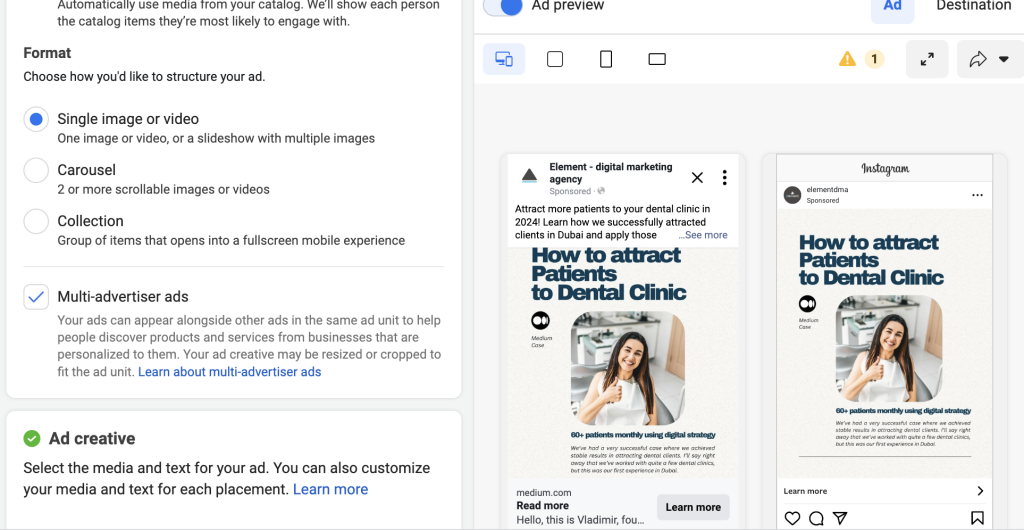
Step 5: Set Your Budget and Schedule
Facebook allows you to control your ad spend with daily or lifetime budgets. Determine how much you’re willing to spend and set your budget accordingly. Additionally, choose the duration of your campaign. You can run your ads continuously or schedule them to run on specific dates.
Step 6: Utilize Facebook’s Targeting Options
Facebook’s targeting options are one of its strongest features. You can target your ads based on:
- Custom Audiences: Reach people who have already interacted with your business.
- Lookalike Audiences: Target people similar to your existing customers.
- Interest and Behavior Targeting: Target users based on their interests and behaviors.
Implementing and Optimizing Your Campaigns
Step 7: Launch Your Campaign
Once you have set everything up, it’s time to launch your campaign. Monitor the initial performance closely to ensure everything is running smoothly.
Step 8: Monitor Performance with Facebook Ads Manager
Use Facebook Ads Manager to track the performance of your ads. Key metrics to monitor include:
- Reach: The number of people who saw your ad.
- Impressions: The number of times your ad was shown.
- Click-Through Rate (CTR): The percentage of people who clicked on your ad.
- Conversion Rate: The percentage of users who completed the desired action.
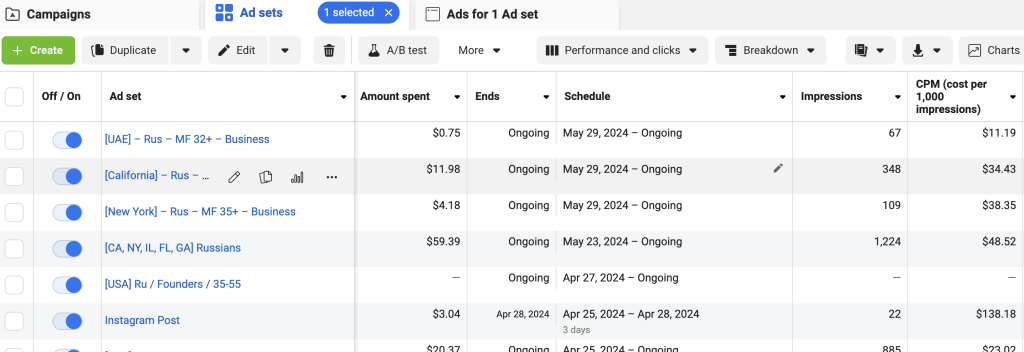
Step 9: Optimize Your Campaigns
Optimization is an ongoing process. Use the data from Ads Manager to make informed decisions about your campaign. Adjust your targeting, ad creatives, and budget based on the performance data. Consider A/B testing different versions of your ads to see which ones perform better.
Step 10: Retargeting and Follow-Up
Retargeting allows you to reach users who have previously interacted with your ads or visited your website. Use retargeting to re-engage potential customers and guide them down the funnel. Additionally, follow up with leads generated from your campaigns through email marketing or other channels.
Advanced Strategies for 2024
Leverage AI and Machine Learning
AI and machine learning are transforming the way we approach Facebook advertising. Use Facebook’s automated features, such as Dynamic Ads and Automated Rules, to streamline your campaigns and improve efficiency.
Incorporate Video Content
Video content continues to dominate social media. Incorporate more video ads into your strategy to capture attention and drive higher engagement rates.
Utilize Facebook Shops and Instagram Shopping
With the rise of social commerce, Facebook Shops and Instagram Shopping are becoming essential tools for e-commerce businesses. Use these features to create a seamless shopping experience for your customers directly on Facebook and Instagram
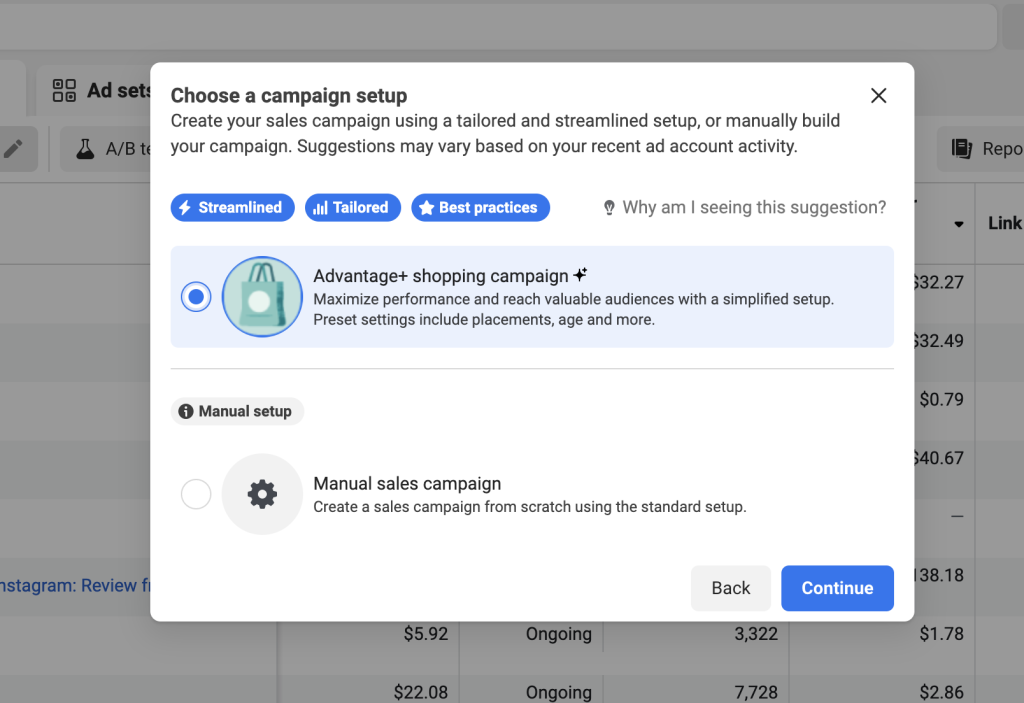
Writing Compelling Ad Copy
Ad copy plays a crucial role in the success of your Facebook ads. Here are some tips to craft compelling ad copy:
Keep It Concise: Facebook users scroll quickly through their feeds, so your copy should be short and to the point.
Use a Strong CTA: A clear call-to-action (CTA) encourages users to take the next step, whether it’s clicking a link, watching a video, or making a purchase.
Highlight Benefits: Focus on the benefits your product or service offers rather than just its features. Explain how it can solve a problem or improve the user’s life.
Create Urgency: Limited-time offers or discounts can create a sense of urgency, prompting users to act quickly.
Use Emotional Triggers: Ads that evoke emotions such as happiness, fear, or excitement can be more impactful and memorable.
A/B Testing Your Ads
A/B testing, or split testing, involves creating multiple versions of an ad to see which performs better. Test different elements such as headlines, images, ad copy, and CTAs. Use Facebook’s built-in A/B testing tools to measure performance and optimize your ads based on the results.
Monitoring and Adjusting Your Campaign
Regularly monitor your ad performance using Facebook’s Ads Manager. Key metrics to track include:
- Click-Through Rate (CTR): The percentage of people who click on your ad after seeing it.
- Conversion Rate: The percentage of people who take the desired action after clicking your ad.
- Return on Ad Spend (ROAS): The revenue generated from your ads compared to the amount spent.
- Cost Per Conversion: The average amount spent to achieve each conversion.
Use these insights to make data-driven adjustments to your campaigns. For example, if an ad has a low CTR, consider changing the image or headline. If your CPA is too high, try refining your targeting or adjusting your bid strategy.
Leveraging Facebook’s Advanced Features
Dynamic Ads
Dynamic ads automatically show the right products to people who have expressed interest on your website, in your app, or elsewhere on the Internet. They pull product details from your catalog and match them to the interests and behaviors of your audience. This is particularly useful for e-commerce businesses with large product inventories.
Retargeting with Meta Pixel
The Meta Pixel (formerly Facebook Pixel) is a piece of code you place on your website to track user actions. It helps you understand your audience better and measure the effectiveness of your ads. Use it to retarget users who have visited your site, abandoned a shopping cart, or completed a purchase.
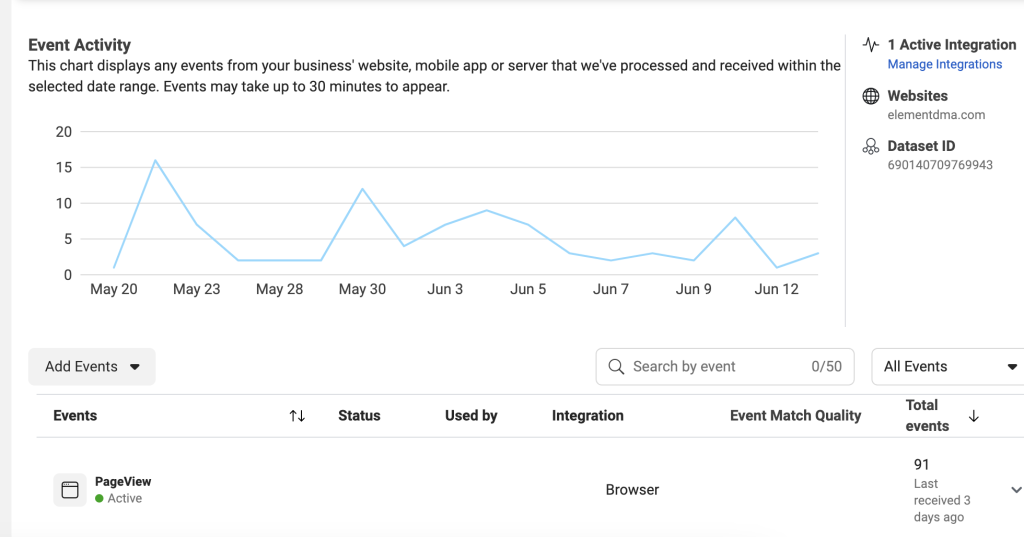
Utilizing Facebook Analytics
Facebook Analytics provides in-depth insights into how users interact with your business across different devices and channels. Use this data to understand the customer journey, identify bottlenecks, and optimize your marketing efforts.
Collaborating with Influencers
Influencer marketing can amplify your reach and credibility. Partner with influencers who align with your brand values and have a strong following in your target market. Use Facebook’s branded content tools to track the performance of your influencer campaigns.
Keeping Up with Trends and Updates
Staying Informed
Facebook regularly updates its platform and advertising features. Stay informed about the latest changes by following Facebook’s official blog, joining relevant marketing groups, and attending webinars and conferences.
Adapting to Changes
The digital advertising landscape is constantly evolving. Be prepared to adapt your strategies based on new trends, technologies, and user behaviors. For example, the growing importance of video content and the rise of augmented reality ads are trends worth exploring.
Experimenting with New Features
Don’t be afraid to experiment with new ad formats and features. Early adoption can give you a competitive edge. For example, explore the potential of Facebook Shops, augmented reality ads, and interactive polls in your ads.
Conclusion
Creating an effective Facebook ads strategy in 2024 requires a blend of creativity, data analysis, and adaptability. By defining your target audience, crafting compelling ads, and leveraging Facebook’s advanced features, you can drive significant results for your business. Remember to continuously monitor your campaigns, stay informed about platform updates, and be ready to experiment with new trends and technologies. With a well-planned and executed strategy, Facebook advertising can be a powerful tool in your digital marketing arsenal.
In this article, we’ve covered various aspects of creating an effective Facebook ads strategy, from audience targeting and ad creation to budgeting and advanced features. By following these steps and utilizing the tools available on Facebook, you can enhance your advertising efforts and achieve your marketing goals in 2024.